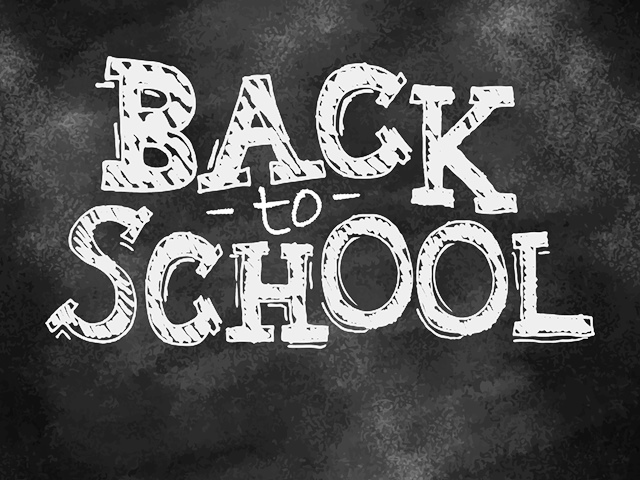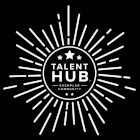Bill DeBaun, Senior Director of Data and Strategic Initiatives

I get it: no one wants to talk about to-do lists in August. For many, August is when we’re clinging to the last few weeks of summer vacation and pointedly not talking about the start of the impending school year.
Still, sure as the sun will rise tomorrow, the school doors will also open soon enough, and when they do, we should be ready to meet and prepare our students for pursuing college and career pathways.
August is a time for rest and relaxation, but also readiness. In that spirit, here are four questions that district and school leaders and staff, school counselors, and anyone else in students’ orbit should ponder and prepare for as they turn toward the start of the 2022-23 academic year and some key resources for helping to answer that question.
- Who’s focused on college career readiness? Who else should be? Each district and school doesn’t necessarily have personnel specifically focused on postsecondary pathways. Even in those districts and schools who do, everyone who should have a seat at the table doesn’t always get one. District-level staff, school leaders and counselors, teachers, community-based partners, students, and parents all have a role to play in helping students explore their options and pursue their next, best step. It’s important to ask whether you’ve got a college and career readiness team and, if not, to work toward convening one to collaborate on a plan.
Key Resource: UnlockED’s Harnessing the Power of Postsecondary Data Building a Student-Centered, Data-Driven Strategy, see: “Establish a Coalition”
- How am I getting feedback from students about their postsecondary plans? Most districts and schools are familiar with delivering senior exit surveys, but is this really the ideal timing to collect that information? By the time seniors fill out that survey, there’s very little window for schools and staff to shift their plans. Why not collect that data in the fall of senior year, or even better yet, the spring of junior year to get the insights early and connect students with the best available resources and supports according to their responses? Surveys often get eyerolls because there aren’t good plans for what to do with the resulting data, but it doesn’t have to be this way. Keep the questions lean and focus on the ones whose answers are actionable. The surveys needn’t be exclusive to seniors. Getting information about students’ aspirations, questions, and needs as early as freshman year extends plenty of time to staff to get students what they need.
Key Resources: Iowa College Aid’s Beginning-of-Year Student Survey; College Advising Corps Career Aspiration Survey; Broward County Schools Senior Exit Survey
- Where are my college-bound students likely to matriculate? Data from the National Student Clearinghouse’s StudentTracker for High Schools ($595/high school/year) service provides subscribers with the top 25 enrollment destinations for up to their past eight high school graduating classes. Most students’ matriculation patterns are place-based; that is, students tend to go to college near where they went to high school. Conventional wisdom runs strong in high schools about where students go, but it’s always helpful to check the data for confirmation. Once you’ve got a better sense of the high school-to-college pipeline, ask yourself some more questions: 1. Do I have a good relationship with these institutions? If yes, how can they continue to help me with activities like FAFSA completion? If not, how can I promote one? 2. How do my students do when they get to these institutions? If not so well, is there an alternative that gives them a better chance of graduating?
Key Resource: Answering Key Questions with Your NSC Student Tracker for High School Reports
- What does my plan for FAFSA completion look like this academic year? Sure, we’re in August, but October 1, the opening date of the next FAFSA cycle, will be here before we know it. Some students will complete the FAFSA by osmosis, but most won’t, so which kinds of activities can your district or school engage in to increase the number of students who do? NCAN has a whole resource library dedicated to this topic, which includes planning calendars, communications strategies, and more. Not sure about where to access student-level FAFSA data in your state? We’ve got a handy list here.
Key Resources: College & Career Readiness Calendar for High Schools; NCAN’s FAFSA Resource Library
Going for the high score in college and career readiness and interested in more activities? NCAN has a comprehensive calendar that suggests activities and resources for every month of the year. Of course, NCAN is also here to help so feel free to email me at [email protected]. There are other questions that are important to ask, of course, beyond the above, but it is still August after all, so we can file this under “a good start.” Stay tuned for more suggestions and resources in the coming months.


